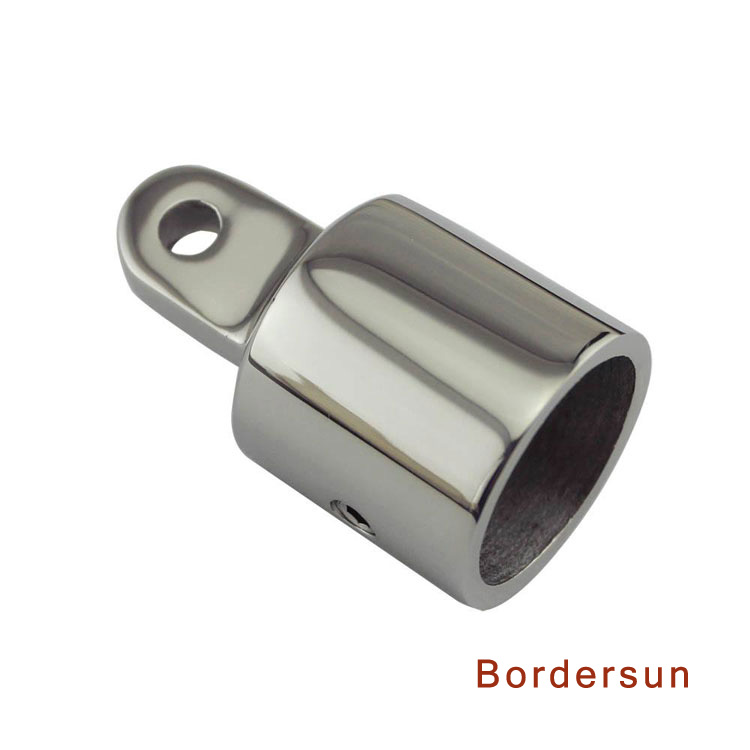Here's an overview of the steps involved in creating a CNC stainless steel prototype
2024-01-04
Creating a CNC stainless steel prototype involves using Computer Numerical Control (CNC) machining processes to produce a functional model or sample of a stainless steel part or product. CNC machining is a subtractive manufacturing method where a computer-controlled machine tool removes material from a solid block or sheet of metal to achieve the desired shape and features.
Here's an overview of the steps involved in creating a CNC stainless steel prototype:
1. Design:
- The process begins with the creation of a detailed 3D digital model or CAD (Computer-Aided Design) file of the stainless steel component. The design should include accurate dimensions, specifications, and any required features.
2. Material Selection:
- Choose the appropriate type of stainless steel for the prototype based on factors such as the intended application, environmental conditions, and required properties (e.g., corrosion resistance, strength). Common stainless steel alloys used for CNC machining include 304, 316, and 17-4PH.
3. CNC Programming:
- CNC programming involves translating the 3D digital model into machine-readable instructions. This process generates a toolpath that guides the CNC machine in cutting, milling, or turning the stainless steel material to match the design.
4. Fixturing and Setup:
- The stainless steel material is secured to the CNC machine using fixtures and clamps. Proper fixturing ensures stability during the machining process and helps achieve accurate results.
5. Tool Selection:
- Select the appropriate cutting tools for machining stainless steel. Stainless steel is a tough and heat-resistant material, so carbide or high-speed steel (HSS) tools are often used. Tools may need to be coated with specialized coatings for better performance and tool life.
6. CNC Machining:
- The CNC machine executes the programmed toolpath to cut, mill, or turn the stainless steel material. The machining process involves precise removal of material to create the prototype according to the specified design.
7. Quality Control:
- Inspect the prototype during and after machining to ensure it meets the design specifications. This may involve using measurement tools, such as calipers or coordinate measuring machines (CMM), to verify dimensional accuracy.
8. Surface Finish:
- Depending on the application, the surface finish of the stainless steel prototype may be important. Post-machining processes such as polishing, grinding, or coating can be applied to achieve the desired surface quality.
9. Testing and Evaluation:
- Test the CNC stainless steel prototype to evaluate its functional performance and suitability for the intended purpose. This may involve testing mechanical properties, stress testing, or functional testing.
10. Iterative Prototyping:
- If modifications are needed based on testing and evaluation, the design may be revised, and a new prototype may be produced through an iterative process until the desired outcome is achieved.
CNC machining is a precise and versatile method for creating stainless steel prototypes, allowing for the production of complex shapes and accurate dimensions. It is commonly used in various industries, including aerospace, automotive, medical, and manufacturing, to prototype and produce high-quality metal components.



